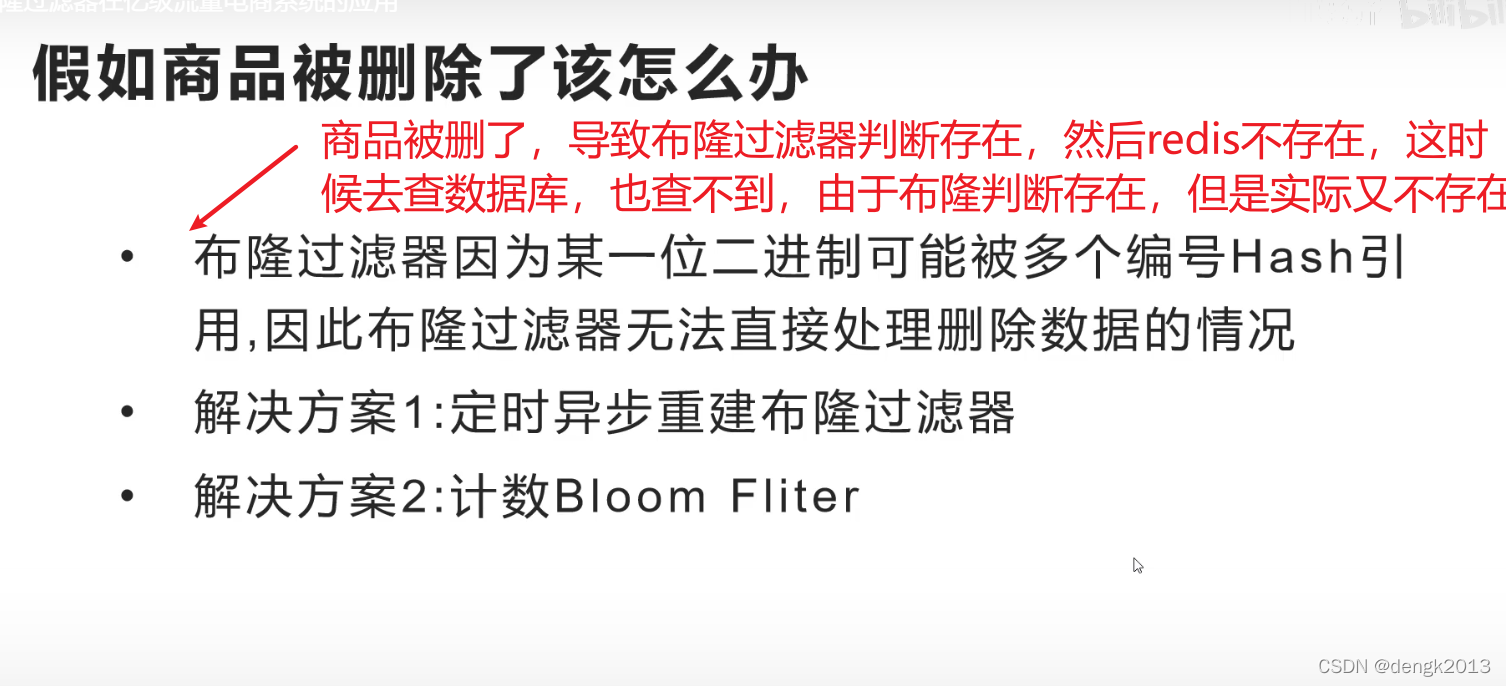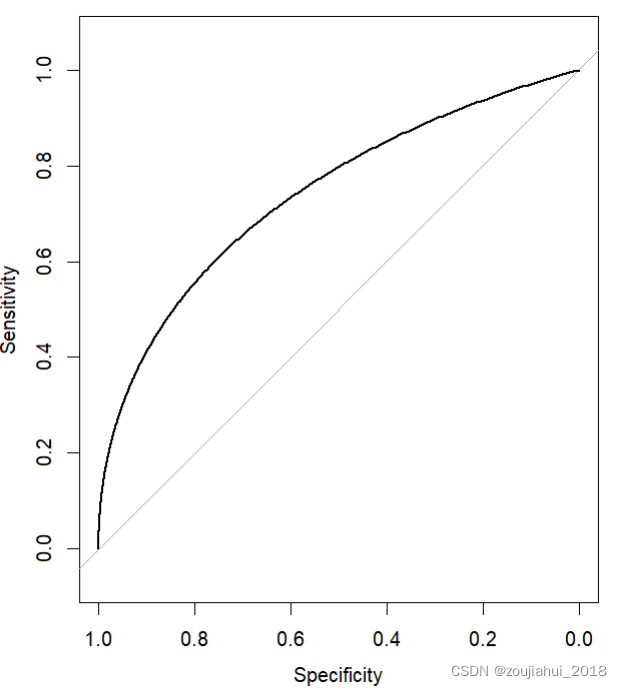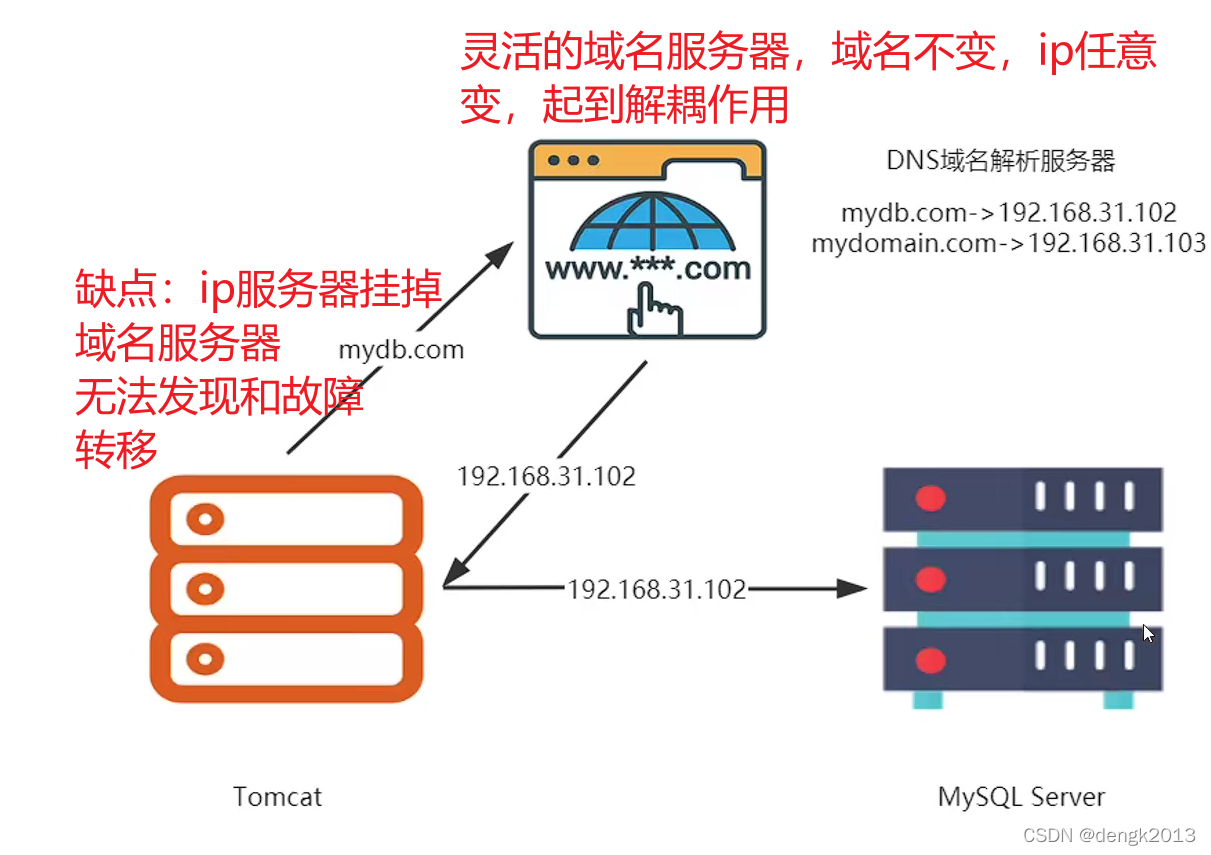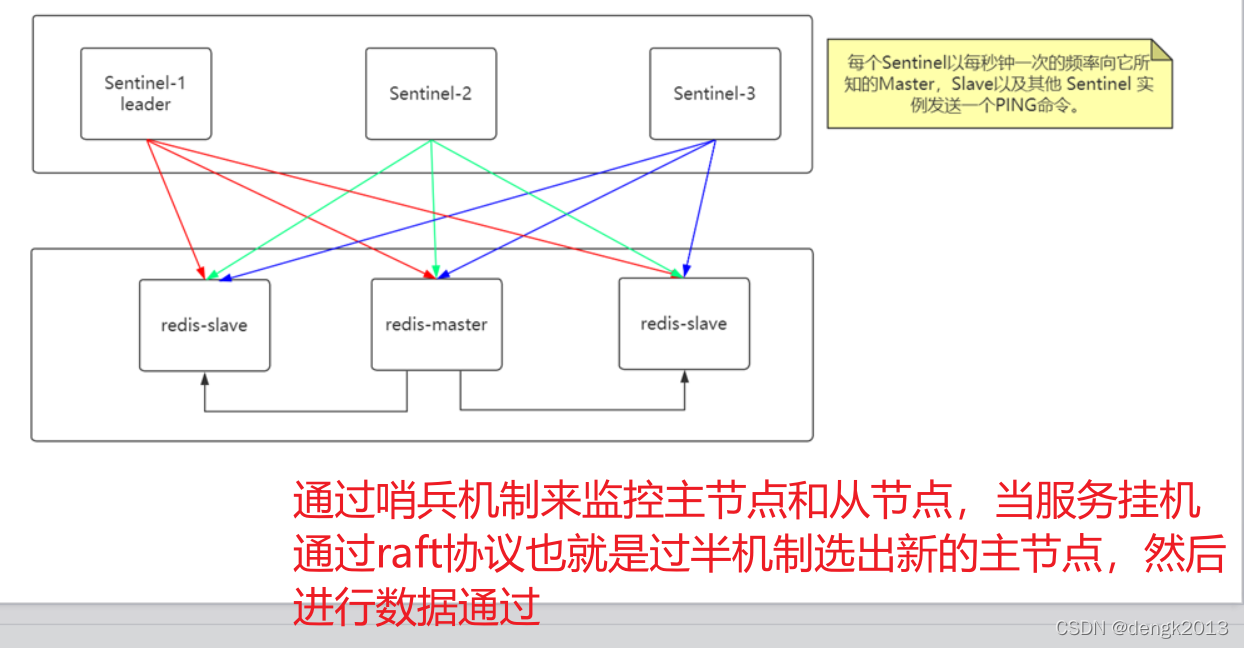当前位置:网站首页>Algorithem_ ReverseLinkedList
Algorithem_ ReverseLinkedList
2022-04-23 15:54:00 【Mokong 9081】
Given the head of a singly linked list, reverse the list, and return the reversed list.
<!--more-->
Given the head of a singly linked list, reverse the list, and return the reversed list.
Example 1:
Input: head = [1,2,3,4,5]
Output: [5,4,3,2,1]Example 2:
Input: head = [1,2]
Output: [2,1]Example 3:
Input: head = []
Output: []Constraints:
The number of nodes in the list is the range 0, 5000.
-5000 <= Node.val <= 5000
Follow up: A linked list can be reversed either iteratively or recursively. Could you implement both?
Solution 1
First of all followup, The most direct solution is , I put LinkNode Converted to an array , Then the array is in reverse order , Regenerate into new LinkNode
The code is as follows :
/**
* Definition for singly-linked list.
* public class ListNode {
* public var val: Int
* public var next: ListNode?
* public init() { self.val = 0; self.next = nil; }
* public init(_ val: Int) { self.val = val; self.next = nil; }
* public init(_ val: Int, _ next: ListNode?) { self.val = val; self.next = next; }
* }
*/
class Solution {
func reverseList(_ head: ListNode?) -> ListNode? {
if head == nil || head?.next == nil {
return head
}
var newNode = head
var nodeList: [Int] = []
while newNode != nil {
nodeList.append(newNode!.val)
newNode = newNode?.next
}
var resultNode = ListNode(nodeList[nodeList.count - 1])
var tempNode: ListNode?
for i in 0...nodeList.count - 2 {
let item = nodeList[nodeList.count - 2 - i]
let generateNode = generateNewNode(item)
if tempNode == nil {
resultNode.next = generateNode
}
else {
tempNode?.next = generateNode
}
tempNode = generateNode
}
return resultNode
}
func generateNewNode(_ val: Int) -> ListNode? {
return ListNode(val)
}
}Solution 2
It's troublesome to understand here , May refer to ,Reverse a linked list, The video at the bottom of the page , Look at it several times. .
Iterative method :
- Declare three pointers ,prev = nil, current = head, next = nil,
- Loop traversal LinkedList
- change next front , First save next, Set up next = current.next
- Then change next, This step is reverse The key to , Set up current.next = prev
- then prev and current Move to the next node , Set up prev = current, current = next
The code is as follows :
/**
* Definition for singly-linked list.
* public class ListNode {
* public var val: Int
* public var next: ListNode?
* public init() { self.val = 0; self.next = nil; }
* public init(_ val: Int) { self.val = val; self.next = nil; }
* public init(_ val: Int, _ next: ListNode?) { self.val = val; self.next = next; }
* }
*/
class Solution {
func reverseList(_ head: ListNode?) -> ListNode? {
var mutHead = head
if mutHead == nil || mutHead?.next == nil {
return mutHead
}
// initialize three pointers
// prev as NULL, curr as head, next as NULL
var prev: ListNode?
var curr = head
var next: ListNode?
// iterate through the link list, in the loop do the following
while (curr != nil) {
// Before changing next of current
// store the next node
next = curr?.next
// Now change next of current
// This is where revering happens
curr?.next = prev
// Move the prev and curr one step ahead
prev = curr
curr = next
}
return prev
}
}Solution 3
The recursive method : A different understanding ,Reverse Linked List
The important thing is to change next Pointer to , Instead of assigning different values
- Declare two ListNode,prev and temp
- prev Used to represent the previous ,temp Represents temporarily stored , add mutHead Current , There are still three ListNode
- loop ,mutHead Not empty ,
- temp = mutHead, hold temp Assign to current
- mutHead = mutHead.next, hold mutHead Assign to the next
- temp.next = prev, hold temp Of next Point to prev, Note that this time temp The value of is current , That is, the current next is prev, The direction of the pointer is reversed
- prev = temp, hold prev The assignment is temp, namely prev Assign to current , Then continue the next traversal , know mutHead Empty stop
The code is as follows :
/**
* Definition for singly-linked list.
* public class ListNode {
* public var val: Int
* public var next: ListNode?
* public init() { self.val = 0; self.next = nil; }
* public init(_ val: Int) { self.val = val; self.next = nil; }
* public init(_ val: Int, _ next: ListNode?) { self.val = val; self.next = next; }
* }
*/
class Solution {
func reverseList(_ head: ListNode?) -> ListNode? {
var mutHead = head
if mutHead == nil || mutHead?.next == nil {
return mutHead
}
var prev: ListNode?
var temp: ListNode?
while (mutHead != nil) {
temp = mutHead
mutHead = mutHead?.next
temp?.next = prev
prev = temp
}
return prev
}
}Method four
The recursive method , Reference resources reclusive reverse linked list,
Mainly need to understand :
Each step of recursion is assigned a value curr.next.next = curr and curr.next = nil Two steps
/**
* Definition for singly-linked list.
* public class ListNode {
* public var val: Int
* public var next: ListNode?
* public init() { self.val = 0; self.next = nil; }
* public init(_ val: Int) { self.val = val; self.next = nil; }
* public init(_ val: Int, _ next: ListNode?) { self.val = val; self.next = next; }
* }
*/
class Solution {
func reverseList(_ head: ListNode?) -> ListNode? {
var mutHead = head
if mutHead == nil || mutHead?.next == nil {
return mutHead
}
// recursive
let newHead = reverseList(mutHead?.next)
// The following code should be viewed separately
// mutHead?.next refer to mutHead Next ListNode
// mutHead?.next?.next refer to mutHead Next ListNode Of next Point to
// That's it reverse Point to
mutHead?.next?.next = mutHead
// And then put mutHead?.next namely mutHeead Of next Point to clear
mutHead?.next = nil
return newHead
}
}版权声明
本文为[Mokong 9081]所创,转载请带上原文链接,感谢
https://yzsam.com/2022/04/202204231406039118.html
边栏推荐
- Import address table analysis (calculated according to the library file name: number of imported functions, function serial number and function name)
- How important is the operation and maintenance process? I heard it can save 2 million a year?
- 北京某信护网蓝队面试题目
- Method 2 of drawing ROC curve in R language: proc package
- leetcode-396 旋转函数
- 实现缺省页面
- Timing model: gated cyclic unit network (Gru)
- [section 5 if and for]
- js正則判斷域名或者IP的端口路徑是否正確
- Leetcode-396 rotation function
猜你喜欢

Application of Bloom filter in 100 million flow e-commerce system

R语言中绘制ROC曲线方法二:pROC包

一文读懂串口及各种电平信号含义

Neodynamic Barcode Professional for WPF V11.0

大型互联网为什么禁止ip直连

API IX JWT auth plug-in has an error. Risk announcement of information disclosure in response (cve-2022-29266)

Spark 算子之filter使用

建设星际计算网络的愿景

实现缺省页面

Redis master-slave replication process
随机推荐
Ice -- source code analysis
Configuration of multi spanning tree MSTP
Open source project recommendation: 3D point cloud processing software paraview, based on QT and VTK
pywintypes. com_ Error: (- 2147221020, 'invalid syntax', none, none)
Fastjon2他来了,性能显著提升,还能再战十年
IronPDF for .NET 2022.4.5455
Function summary of drawing object arrangement in R language
Pgpool II 4.3 Chinese Manual - introductory tutorial
Temporal model: long-term and short-term memory network (LSTM)
C语言自编字符串处理函数——字符串分割、字符串填充等
Leetcode-374 guess the size of the number
The length of the last word of the string
Implement default page
Distinct use of spark operator
保姆级Anaconda安装教程
运维流程有多重要,听说一年能省下200万?
Multi level cache usage
负载均衡器
Master vscode remote GDB debugging
gps北斗高精度卫星时间同步系统应用案例